
Hvar Island: The Sunniest Gem of the Adriatic
Discover Hvar Island, Croatia's sunniest destination, where history, stunning beaches, and vibrant nightlife come together for a perfect Adriatic getaway.
Hvar Island, nestled in the heart of the Adriatic Sea, is one of Croatia's most beloved tourist destinations. With its rich history, vibrant nightlife, and stunning natural beauty, Hvar has something for every traveler. The island enjoys more than 2,700 hours of sunshine a year, making it an ideal spot for sunseekers and beach lovers alike. The town of Hvar is the island's main hub, known for its historic architecture and lively atmosphere. Visitors can explore the ancient fortress that overlooks the town, stroll through its charming cobblestone streets, and visit the beautiful St. Stephen's Cathedral. For those interested in history, the Franciscan Monastery and its museum offer a glimpse into the island's past. Hvar is also famous for its crystal-clear waters and beautiful beaches. Some of the most popular spots include Dubovica Beach, with its picturesque bay, and the Pakleni Islands, a short boat ride away, which offer secluded coves and pristine swimming spots. Adventure seekers can enjoy activities like sailing, snorkeling, and hiking along the island's scenic trails. The island's nightlife is another major draw. Hvar Town boasts numerous bars and clubs where visitors can dance the night away. The local cuisine, featuring fresh seafood and delicious wines, is a must-try for food lovers. Hvar is also home to many festivals and events throughout the year, celebrating everything from music to lavender, providing a rich cultural experience. Whether you're looking to relax on the beach, explore historical sites, or enjoy vibrant nightlife, Hvar Island offers a diverse and memorable holiday experience.
Local tips in Hvar Island
- Visit during the shoulder seasons of May-June or September-October for fewer crowds and pleasant weather.
- Rent a scooter or bicycle to explore the island's hidden gems and scenic routes.
- Take a day trip to the Pakleni Islands for some of the best swimming and snorkeling spots.
- Try the local lavender products, a specialty of Hvar, available in many shops and markets.
- Check out the local wine tours and tastings, as Hvar is known for its excellent wines.
Hvar Island: The Sunniest Gem of the Adriatic
Hvar Island, nestled in the heart of the Adriatic Sea, is one of Croatia's most beloved tourist destinations. With its rich history, vibrant nightlife, and stunning natural beauty, Hvar has something for every traveler. The island enjoys more than 2,700 hours of sunshine a year, making it an ideal spot for sunseekers and beach lovers alike. The town of Hvar is the island's main hub, known for its historic architecture and lively atmosphere. Visitors can explore the ancient fortress that overlooks the town, stroll through its charming cobblestone streets, and visit the beautiful St. Stephen's Cathedral. For those interested in history, the Franciscan Monastery and its museum offer a glimpse into the island's past. Hvar is also famous for its crystal-clear waters and beautiful beaches. Some of the most popular spots include Dubovica Beach, with its picturesque bay, and the Pakleni Islands, a short boat ride away, which offer secluded coves and pristine swimming spots. Adventure seekers can enjoy activities like sailing, snorkeling, and hiking along the island's scenic trails. The island's nightlife is another major draw. Hvar Town boasts numerous bars and clubs where visitors can dance the night away. The local cuisine, featuring fresh seafood and delicious wines, is a must-try for food lovers. Hvar is also home to many festivals and events throughout the year, celebrating everything from music to lavender, providing a rich cultural experience. Whether you're looking to relax on the beach, explore historical sites, or enjoy vibrant nightlife, Hvar Island offers a diverse and memorable holiday experience.
When is the best time to go to Hvar Island?
Iconic landmarks you can’t miss
Fortica Fortress
Explore the historical Fortica Fortress in Hvar, a stunning site offering breathtaking views and rich cultural heritage, perfect for travelers seeking adventure.

Hvar
Experience the breathtaking beauty and vibrant culture of Hvar, Croatia's stunning island paradise known for its beaches, history, and nightlife.
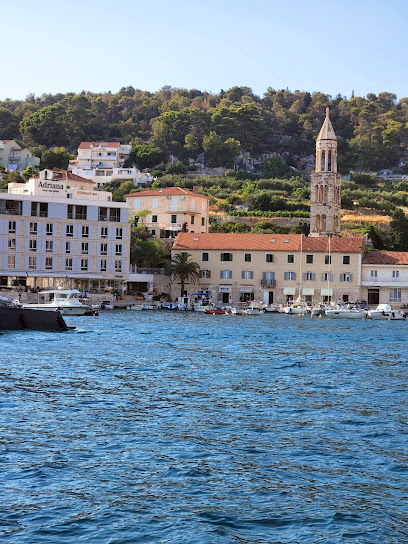
Fortress of Petar Hektorović
Explore the stunning Fortress of Petar Hektorović, a historical landmark in Stari Grad, rich in culture, beauty, and enchanting landscapes.
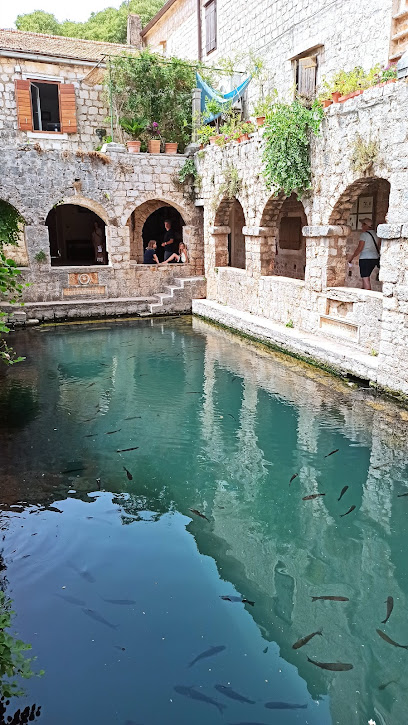
Hvar Places Hotel by Valamar
Discover the tranquil charm of Hvar Places Hotel by Valamar. A perfect blend of luxury and adventure awaits in Stari Grad.

Stari Grad Faros Ferry Port
Discover the stunning Stari Grad Faros Ferry Port, your gateway to Croatia's beautiful islands and vibrant local culture, set against the backdrop of the Adriatic Sea.
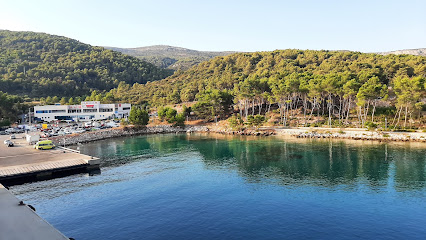
Plaža Dubovica
Experience the tranquil beauty of Plaža Dubovica, a hidden gem on Croatia's stunning coast, perfect for relaxing and exploring.
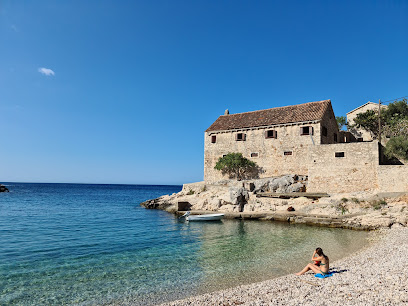
Bonj Beach
Discover the beauty of Bonj Beach in Hvar, Croatia, where sun, sea, and serenity meet for an unforgettable beach experience.
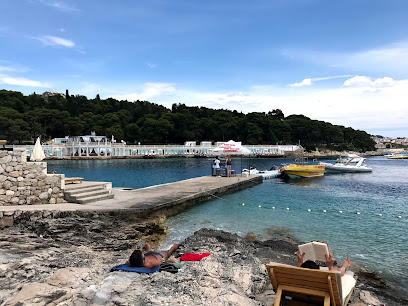
Napoleon
Explore the Napoleon Fortress in Hvar, a historical landmark offering breathtaking views and rich cultural heritage.
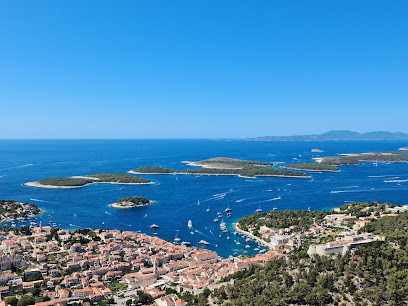
Sveta Nedjelja - Bay Lučišća
Explore the pristine waters of Sveta Nedjelja - Bay Lučišća, a serene public bath on Hvar Island perfect for relaxation and breathtaking views.
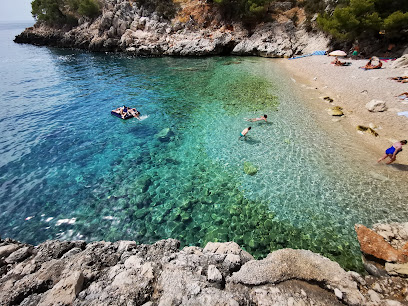
St. Stephen's Cathedral
Discover the architectural beauty and historical significance of St. Stephen's Cathedral in the heart of Hvar, Croatia's stunning island gem.

Vinogradishće
Explore the picturesque Vinogradishće, a serene port on Hvar Island, where stunning views, delicious cuisine, and rich culture await.
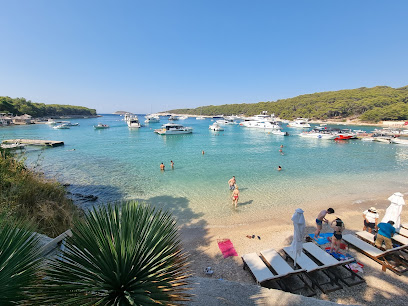
beach Jagodna
Discover the serene beauty of Jagodna Beach, a hidden gem along Croatia's stunning Adriatic coastline, perfect for relaxation and adventure.
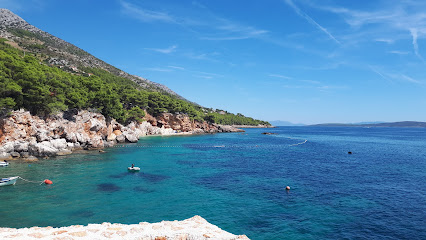
Plaža Mala Stiniva
Experience the serene beauty of Plaža Mala Stiniva, a hidden gem on Hvar Island, perfect for relaxation and swimming in crystal-clear waters.
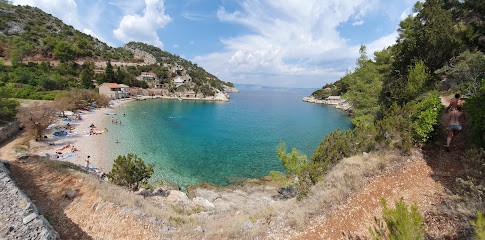
White Cross / Glavica Hill
Experience breathtaking views and rich history at Glavica Hill in Stari Grad, a jewel of Croatia's natural beauty and cultural heritage.

Škor square
Explore Škor Square, the vibrant heart of Stari Grad, where history, culture, and local life come together in a picturesque setting.
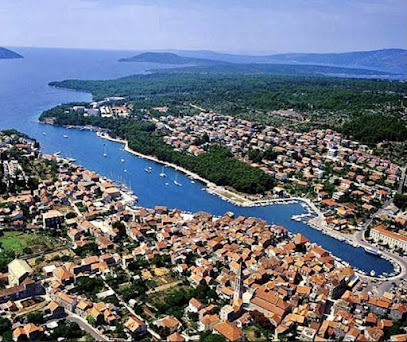
Unmissable attractions to see
Zipline Croatia
Soar above the breathtaking Cetina River canyon with Zipline Croatia, a thrilling adventure in the heart of Omiš, ideal for thrill-seekers and nature lovers.
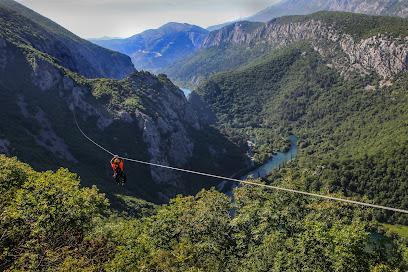
Flarent
Explore the rich history and stunning sights of Split with Flarent, the leading transportation service and tour agency in Croatia.
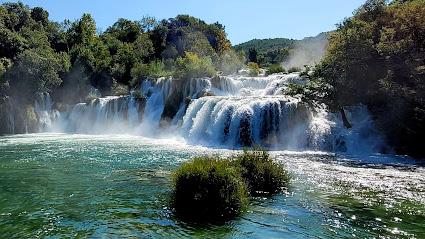
Plaža Ivan Dolac
Explore the tranquil beauty of Plaža Ivan Dolac, a hidden gem on Hvar's stunning coastline, perfect for relaxation, swimming, and local cuisine.
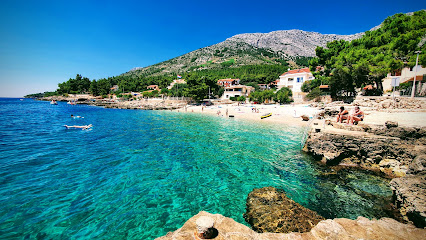
Dominican monastery
Explore the Dominican Monastery in Bol, a serene escape steeped in history and surrounded by stunning natural beauty.
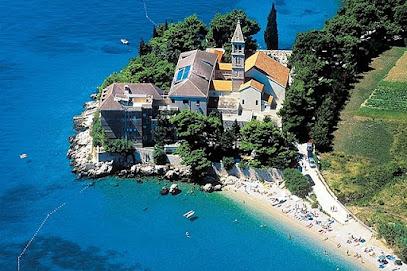
Plaža Milna
Experience the tranquil beauty of Plaža Milna, a stunning public beach on the island of Brač, perfect for relaxation and seaside adventure.
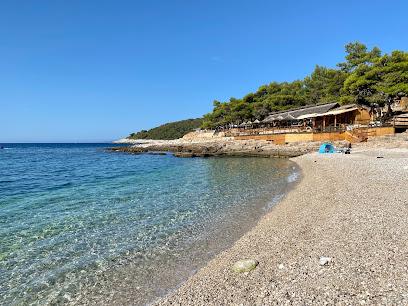
Napoleon
Explore the historic Fortress of Napoleon in Hvar: a captivating blend of history, stunning views, and cultural heritage awaits you.
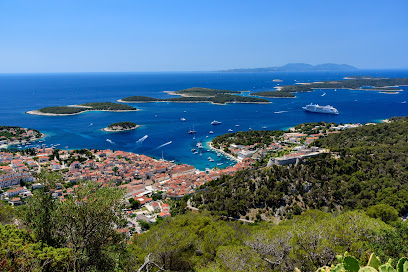
Plaža Kaštelet
Explore the beauty of Plaža Kaštele, a serene public beach in Split, Croatia, perfect for relaxation and seaside adventures.
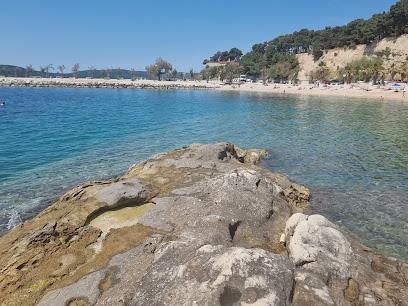
Split Sea Tours
Explore the stunning Adriatic coast with Split Sea Tours, offering unforgettable boat tours and rentals along Split's breathtaking shoreline.

White Cross / Glavica Hill
Discover Glavica Hill, a stunning historical landmark in Stari Grad, Croatia, with breathtaking views and a serene hiking experience.
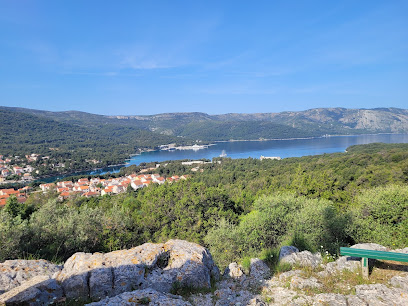
Split by Tuk Tuk - City Tour
Experience Split through an exhilarating Tuk Tuk tour, blending history, culture, and fun in this stunning coastal city.

Bire winery
Explore the beauty of Bire Winery in Lumbarda, where tradition meets modern winemaking in the heart of Korčula, Croatia.
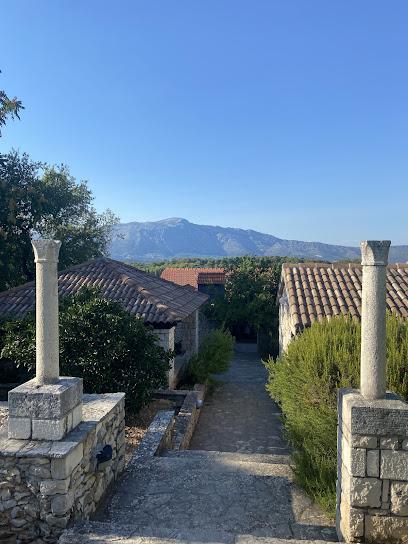
Tasovac winery
Experience the exquisite wines and breathtaking scenery at Tasovac Winery in Korčula, Croatia, a hidden gem for wine lovers.

Veli kamik
Explore Veli Kamik, a stunning tourist attraction in Sveta Nedjelja, Croatia, known for its breathtaking views and serene natural beauty.
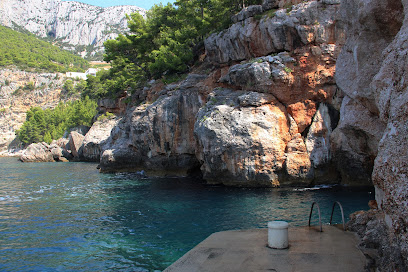
Buk Omis
Experience the thrill of rafting at Buk Omis, where adventure and breathtaking scenery come together in the heart of Slime, Croatia.
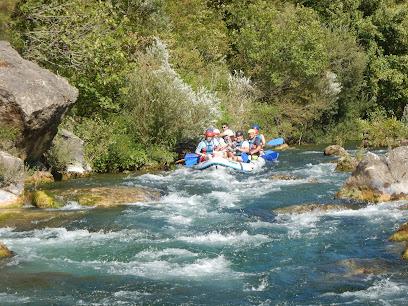
Škor square
Discover the charm of Škor Square, a historical landmark in Stari Grad, Croatia, offering a blend of culture, cuisine, and local life.
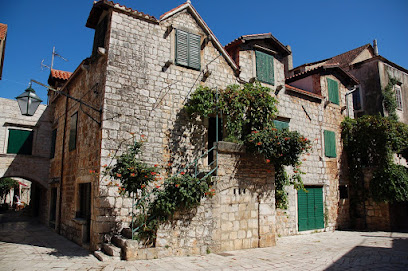
Essential places to dine
Dalmatino
Discover Dalmatino: A culinary haven in Hvar serving authentic Mediterranean delights with stunning views.
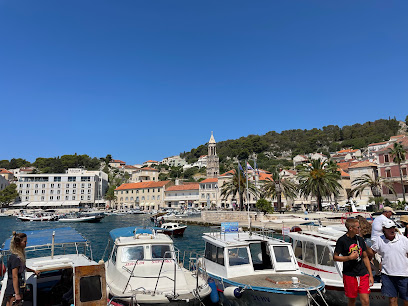
Fig Hvar
Experience the best of Mediterranean cuisine at Fig Hvar, where fresh ingredients meet exquisite flavors in a vibrant atmosphere.
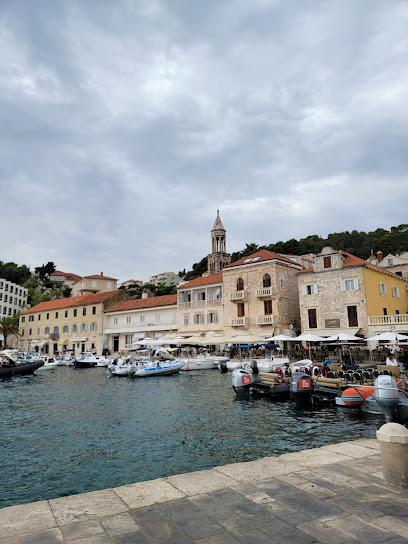
Dva Ribara
Experience authentic Croatian cuisine at Dva Ribara in Hvar – perfect for families and food enthusiasts alike.

La Bocca - Pizza, pasta, grill restaurant Hvar
Experience authentic Italian flavors at La Bocca in Hvar – where every meal is a celebration of taste amidst stunning surroundings.

Black Pepper Restaurant
Experience culinary excellence at Black Pepper Restaurant in Hvar - where local flavors meet sophisticated dining.
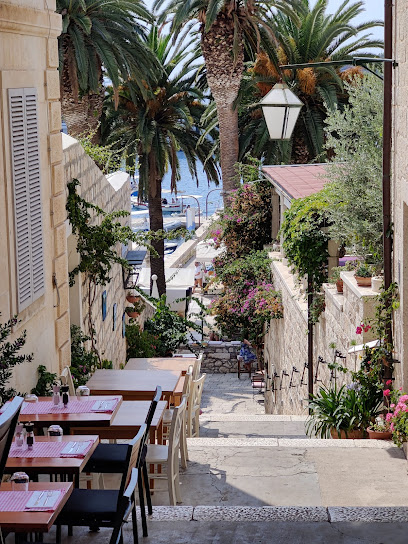
Pošteni Restaurant - Hvar
Discover the flavors of Mediterranean cuisine at Pošteni Restaurant in Hvar - a culinary gem featuring seafood, Italian classics, and vegetarian delights.
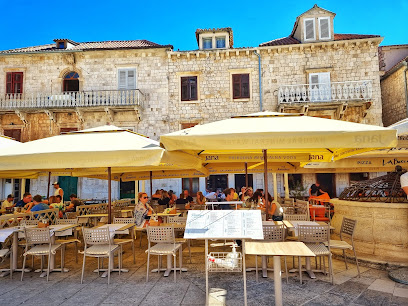
Restaurant Faria
Savor authentic Croatian cuisine at Restaurant Faria—where delicious barbecue meets fresh seafood in a family-friendly setting.

Grande Luna
Experience authentic Croatian cuisine at Grande Luna in Hvar – where fresh ingredients meet breathtaking views.
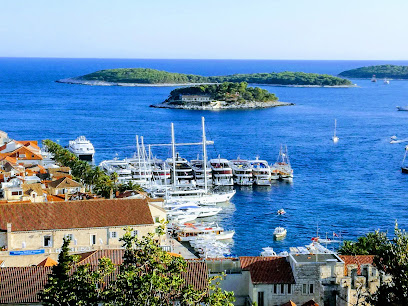
Konoba Ringo
Experience authentic Croatian cuisine at Konoba Ringo - a charming restaurant in Hvar offering delightful local dishes and warm hospitality.
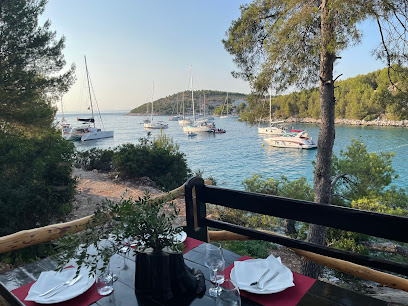
Konoba Menego
Discover the heart of Croatian flavors at Konoba Menego - where tradition meets taste in every dish.
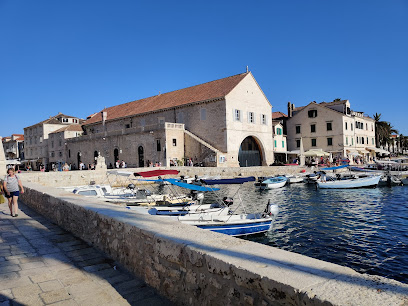
Passarola Restaurant
Discover exquisite Mediterranean cuisine at Passarola Restaurant in Hvar - where every dish tells a story.
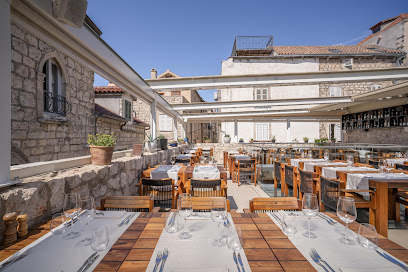
Giaxa
Experience exquisite Mediterranean flavors at Giaxa in Hvar - a culinary haven for tourists seeking authentic Croatian cuisine.
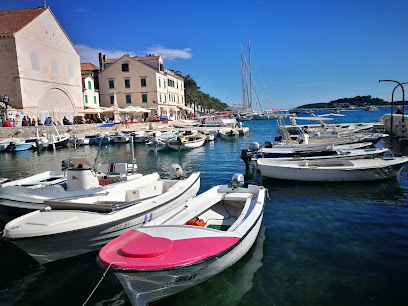
Macondo
Experience exquisite seafood dining in Hvar at Macondo - where fresh flavors meet stunning Adriatic views.
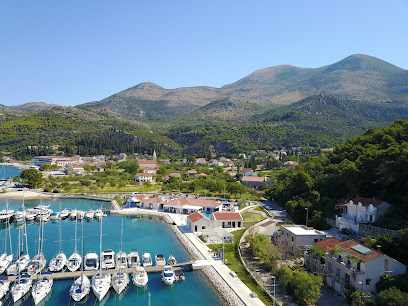
Kod Kapetana
Experience authentic Croatian seafood dishes at Kod Kapetana in Hvar—where every meal is a celebration of local flavors.
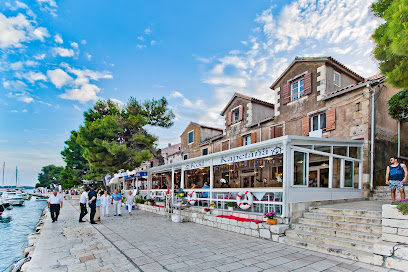
Gariful
Discover Gariful in Hvar – where exquisite seafood meets stunning coastal views for an unforgettable dining experience.
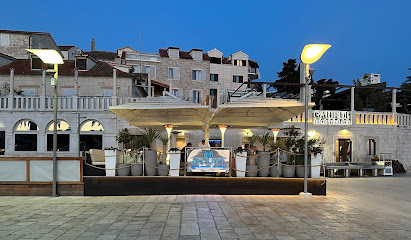
Markets, malls and hidden boutiques
kava37 | Specialty Coffee Shop Hvar
Discover the charm of Kava37, Hvar's premier specialty coffee shop, where every cup tells a story of quality and flavor.
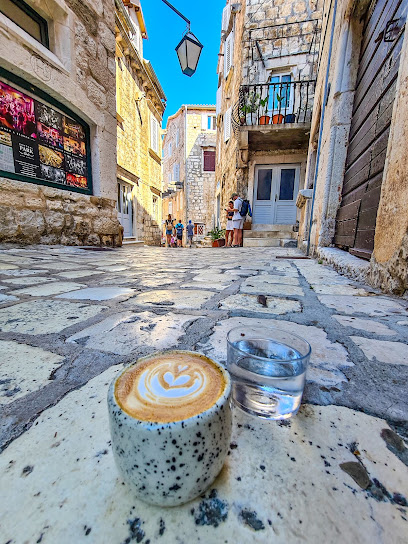
Konzum
Explore the vibrant offerings of Konzum in Jelsa, your go-to destination for groceries and local products while visiting Croatia.

aROMA gelato experience Boutique Hvar
Experience the finest artisanal gelato in Hvar at aROMA Gelato Experience Boutique, where every scoop is a taste of paradise.
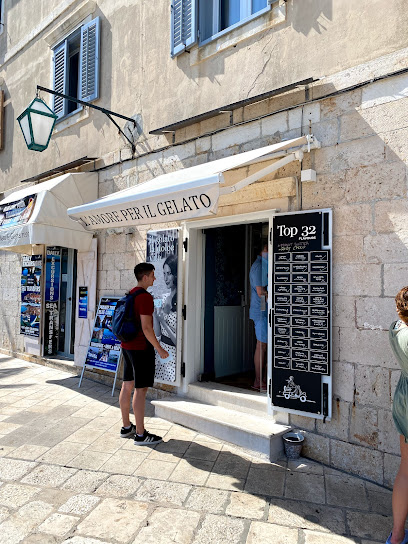
Tommy Supermarket
Discover the vibrant Tommy Supermarket in Hvar, offering fresh produce, local delicacies, and all your grocery needs for an unforgettable island experience.

Coffee Snob - Specialty Coffee & Pastry
Discover the ultimate coffee experience in Hvar at Coffee Snob, where specialty brews and delightful pastries await.

Stari Grad Market
Experience the vibrant heart of Stari Grad at its lively market, where local flavors and crafts come together in a delightful Mediterranean atmosphere.
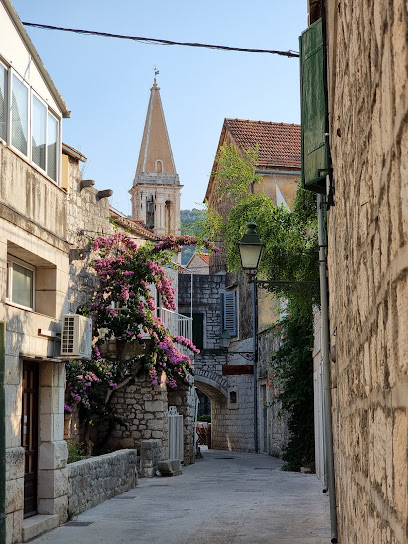
Studenac Market
Explore the vibrant flavors of Hvar at Studenac Market, your go-to grocery store for local produce and Croatian delicacies.
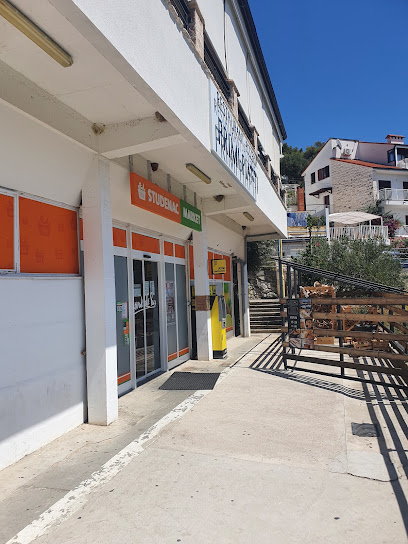
Antoana
Explore Antoana in Hvar for a diverse selection of electronics, materials, and daily goods, all in one vibrant shopping destination.
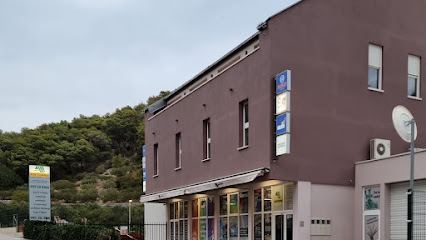
Za Pod Zub / Boutique - Gourmet Shop
Experience the flavors of Croatia at Za Pod Zub, Stari Grad's premier gourmet grocery store featuring organic products, local delicacies, and fine wines.
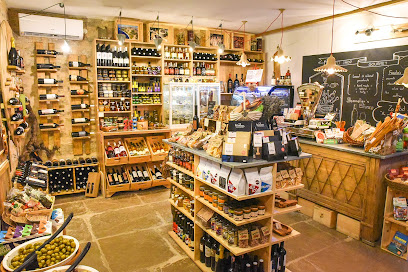
Glôd
Discover Glôd in Hvar, where exquisite pastries and traditional flavors come together for an unforgettable sweet experience.
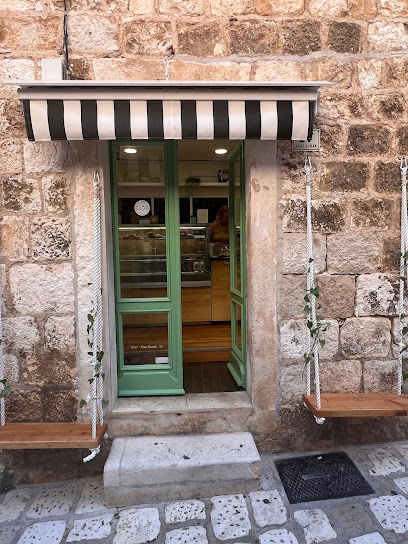
Pastry shop Sweets
Experience the sweet side of Hvar at Pastry Shop Sweets, a delightful bakery offering exquisite cakes, pastries, and coffee in a charming atmosphere.
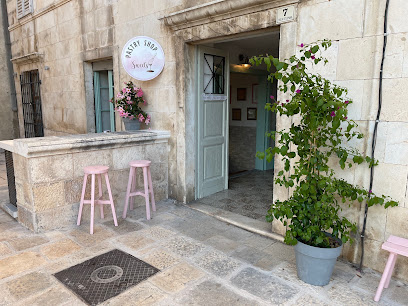
Sweet Republic Hvar
Discover the sweet side of Hvar at Sweet Republic Hvar, where artisanal ice cream, gourmet coffee, and healthy delights await your taste buds.
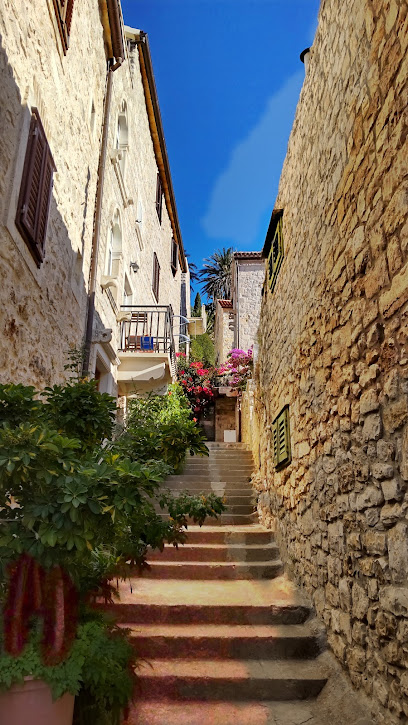
Isola | artisan store Hvar
Explore Isola Artisan Store in Hvar for unique Croatian gifts and souvenirs crafted by local artisans, celebrating the island's rich culture.

Meraki Concept Store
Explore the Meraki Concept Store in Hvar for unique fashion and accessories that embody the spirit of the island.

VILEBREQUIN
Discover the finest swimwear and beach fashion at VILEBREQUIN in Hvar, where style meets the sun-soaked Mediterranean lifestyle.
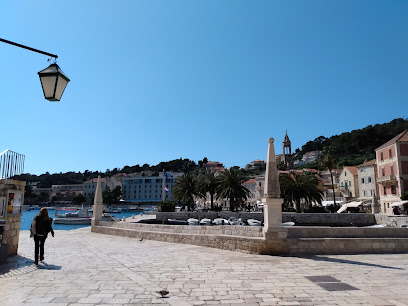
Essential bars & hidden hideouts
Hula Hula Hvar - Beach Bar & Restaurant
Experience the vibrant atmosphere of Hula Hula Hvar, the ultimate beach bar and restaurant on the stunning island of Hvar.
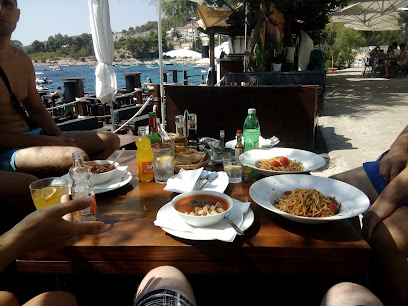
Carpe Diem Bar (Hvar Town)
Discover the vibrant nightlife at Carpe Diem Bar in Hvar Town, where stunning views meet electrifying dance beats.
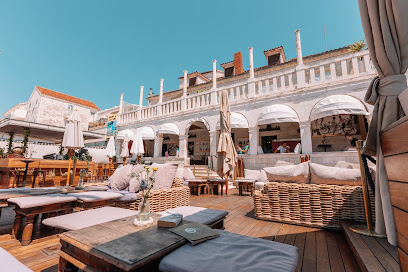
Central Park Club, Hvar
Discover the lively spirit of Hvar at Central Park Club, where live music, great drinks, and unforgettable nights come together.

Lola Bar
Experience the vibrant nightlife of Hvar at Lola Bar, where expertly crafted cocktails and a lively atmosphere await every visitor.
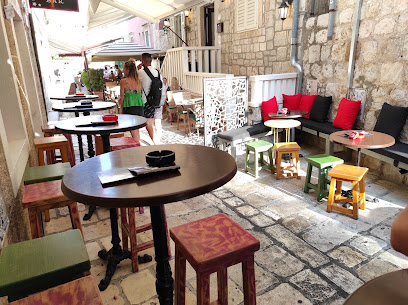
Gurme Tapas & Wine
Discover the delightful flavors of Mediterranean cuisine at Gurme Tapas & Wine in Hvar, where exceptional tapas and fine wines await.
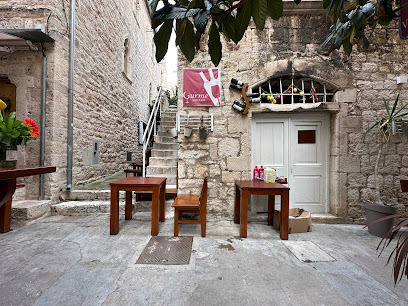
Antika
Discover Antika in Stari Grad, where Mediterranean flavors meet exceptional wines in a charming setting.
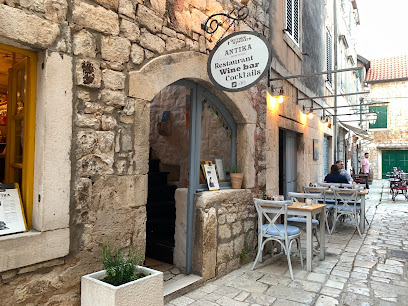
Kiva Bar
Experience the vibrant nightlife of Hvar at Kiva Bar, where great music, delicious cocktails, and a lively atmosphere await you.
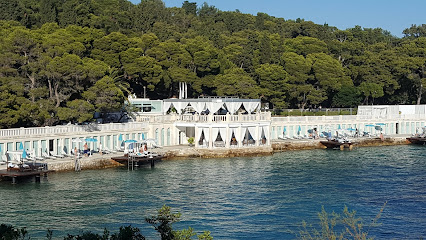
Aloha Bar Hvar
Experience the vibrant nightlife of Hvar at Aloha Bar, where great cocktails and lively ambiance await every visitor.
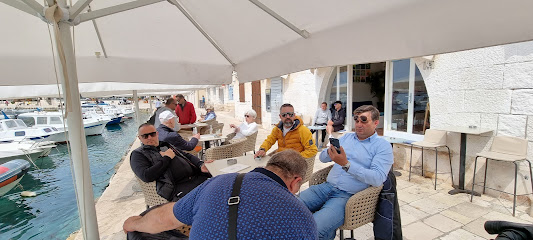
Nautica Bar
Nautica Bar: A lively bar in Hvar offering refreshing cocktails, stunning views, and unforgettable nightlife experiences.
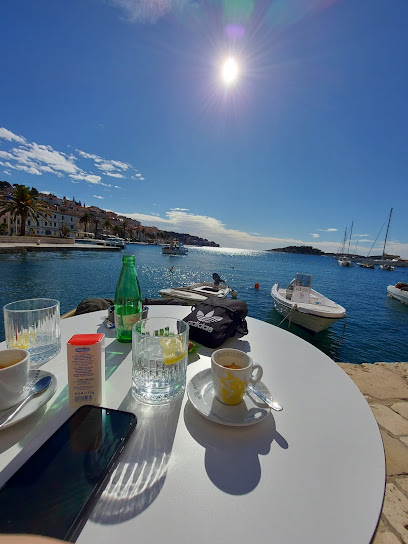
Seven Hvar
Discover the vibrant nightlife at Seven Hvar, a premier cocktail bar in the heart of Hvar, Croatia offering an unforgettable atmosphere and exquisite drinks.
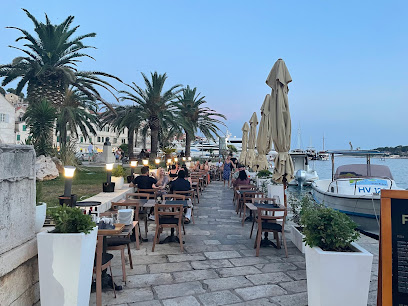
Caffe bar Sidro
Experience the vibrant atmosphere of Caffe Bar Sidro in Hvar, where delightful drinks meet stunning views and friendly faces.

Vintage Wine Bar
Discover the charm of Vintage Wine Bar in Hvar, where expertly crafted cocktails and stunning views create an unforgettable nightlife experience.
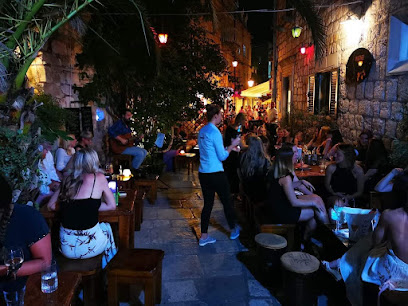
Teraca Bar
Experience the vibrant nightlife of Hvar at Teraca Bar, where stunning views and exquisite cocktails create unforgettable moments.
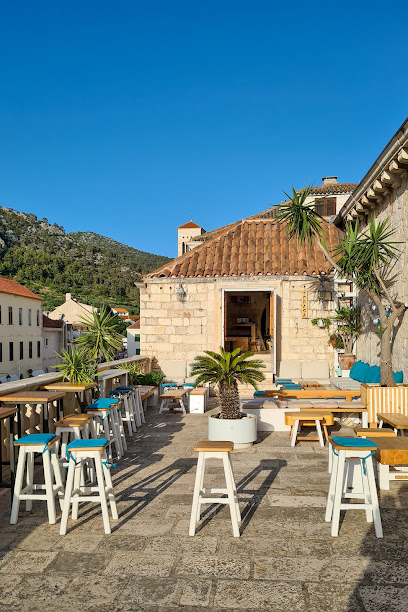
Splash Beach Bar & Restaurant
Discover the tranquil oasis of Splash Beach Bar & Restaurant, where stunning views and refreshing drinks create the perfect getaway on Hvar.
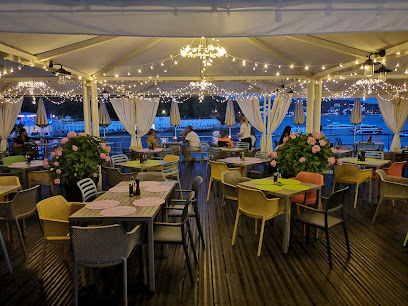
Loco Bar
Experience the lively atmosphere of Loco Bar in Hvar, where refreshing drinks and vibrant nightlife await you in the heart of the island.
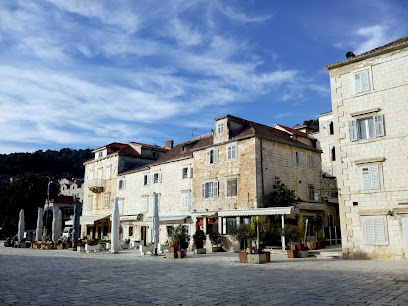
Local Phrases about Hvar Island
-
- HelloBok
[Bohk] - GoodbyeDoviđenja
[Dov-ee-jen-ya] - YesDa
[Da] - NoNe
[Ne] - Please/You're welcomeMolim
[Mol-eem] - Thank youHvala
[Hvah-lah] - Excuse me/SorryOprostite
[O-pro-stee-teh] - How are you?Kako si?
[Kah-koh see?] - Fine. And you?Dobro. A ti?
[Doh-bro. Ah tee?] - Do you speak English?Govorite li engleski?
[Go-vo-ree-teh lee eng-les-kee?] - I don't understandNe razumijem
[Ne rah-zoo-mee-yem]
- HelloBok
-
- I'd like to see the menu, pleaseMolio bih jelovnik, molim
[Moh-lee-oh bee yeh-lov-neek, mol-eem] - I don't eat meatNe jedem meso
[Ne yeh-dem meh-so] - Cheers!Živjeli!
[Zheev-yeh-lee] - I would like to pay, pleasePlatio bih, molim
[Pla-tee-oh bee, mol-eem]
- I'd like to see the menu, pleaseMolio bih jelovnik, molim
-
- Help!Pomoć!
[Poh-moch!] - Go away!Idi odavde!
[Ee-dee oh-dav-deh!] - Call the Police!Pozovite policiju!
[Poh-zoh-vee-teh poh-lee-tsee-yoo!] - Call a doctor!Pozovite doktora!
[Poh-zoh-vee-teh dok-toh-rah!] - I'm lostIzgubljen sam
[Eez-goob-lyen sahm] - I'm illBolestan sam
[Boh-les-tahn sahm]
- Help!Pomoć!
-
- I'd like to buy...Želim kupiti...
[Zheh-leem koo-pee-tee] - I'm just lookingSamo gledam
[Sah-moh gleh-dahm] - How much is it?Koliko košta?
[Koh-lee-koh koh-shta?] - That's too expensiveTo je pre skupo
[Toh yeh preh skoo-poh] - Can you lower the price?Možete li spustiti cijenu?
[Moh-zheh-teh lee spoo-stee-tee tsee-yeh-noo?]
- I'd like to buy...Želim kupiti...
-
- What time is it?Koliko je sati?
[Koh-lee-koh yeh sah-tee?] - It's one o'clockJedan je sat
[Yeh-dahn yeh saht] - Half past (10)Pola (deset)
[Poh-lah (deh-set)] - MorningJutro
[Yoo-troh] - AfternoonPopodne
[Poh-pohd-neh] - EveningVečer
[Veh-chehr] - YesterdayJučer
[Yoo-cher] - TodayDanas
[Dah-nahs] - TomorrowSutra
[Soo-trah] - 1Jedan
[Yeh-dahn] - 2Dva
[Dvah] - 3Tri
[Tree] - 4Četiri
[Cheh-tee-ree] - 5Pet
[Peh-t] - 6Šest
[Shehst] - 7Sedam
[Seh-dahm] - 8Osam
[Oh-sahm] - 9Devet
[Deh-vet] - 10Deset
[Deh-set]
- What time is it?Koliko je sati?
-
- Where's a/the...?Gdje je...?
[Gdyeh yeh...?] - What's the address?Koja je adresa?
[Koh-yah yeh ah-dreh-sah?] - Can you show me (on the map)?Možete li mi pokazati (na karti)?
[Moh-zheh-teh lee mee poh-kah-zah-tee (nah kahr-tee)?] - When's the next (bus)?Kada je sljedeći (autobus)?
[Kah-dah yeh slyeh-deh-chee (ow-toh-boos)?] - A ticket (to ....)Jednu kartu (za ...)
[Yeh-dnoo kahr-too (zah ...)]
- Where's a/the...?Gdje je...?
History of Hvar Island
-
The history of Hvar Island dates back to prehistoric times, evidenced by archaeological findings. The island was first inhabited by the Neolithic people, who left behind remnants of their settlements and artifacts. In the 4th century BC, the Greeks from the island of Paros established the colony of Pharos, now known as Stari Grad, making Hvar one of the oldest towns in Europe.
-
During the Roman era, Hvar Island became an important part of the Roman province of Dalmatia. The Romans built villas and fortifications, contributing to the island's development. The remnants of Roman architecture and roads can still be seen today, reflecting the island's strategic importance in antiquity.
-
The medieval period saw Hvar flourish under the rule of the Venetian Republic. From the 13th to the 18th century, Venice controlled the island, turning it into an essential maritime and trade hub in the Adriatic Sea. The construction of the Hvar Fortress, St. Stephen's Cathedral, and the Franciscan Monastery during this time are testaments to the island's prosperity and cultural development.
-
The 16th century brought challenges as the Ottoman Empire sought to expand into the Adriatic. Hvar faced several attacks, including the devastating raid by Turkish forces in 1571, which left much of the island in ruins. The Venetian defenses, including the fortifications on the island, played a crucial role in repelling further Ottoman advances.
-
In the early 19th century, Hvar found itself under Napoleonic rule after the fall of the Venetian Republic. Following Napoleon's defeat, the island came under Austrian control as part of the Habsburg Monarchy. This period saw administrative changes and efforts to modernize the island, influencing its cultural and social landscape.
-
The 20th century was marked by significant political changes for Hvar. After World War I, the island became part of the Kingdom of Serbs, Croats, and Slovenes, later known as Yugoslavia. World War II brought occupation by Axis forces, followed by the establishment of socialist Yugoslavia. The dissolution of Yugoslavia in the 1990s led to Hvar becoming part of independent Croatia, ushering in a new era of development and tourism.
-
Hvar Island boasts a rich cultural heritage, with numerous festivals, traditional music, and crafts that have been preserved over centuries. The island is renowned for its lavender fields, vineyards, and olive groves, which contribute to its unique cultural landscape. The UNESCO-listed Stari Grad Plain, an ancient Greek agricultural site, remains a symbol of Hvar's enduring cultural and historical significance.
Hvar Island Essentials
-
Hvar Island is accessible by ferry from Split, which is the nearest major city with an international airport (Split Airport). Several ferry companies operate routes to Hvar Town, Stari Grad, and other locations on the island. The journey takes approximately 1.5 to 2 hours. Alternatively, catamaran services are available for faster travel. During the peak tourist season, additional routes and services are often added to accommodate the influx of visitors.
-
Once on Hvar Island, transportation options include taxis, car rentals, scooters, and bicycles. Local buses connect major towns and villages, but schedules can be irregular. Taxis are readily available but can be expensive, especially during peak season. Renting a scooter or bicycle is a popular option for tourists looking to explore the island at their own pace. Water taxis and boat rentals provide access to secluded beaches and nearby islands.
-
The official currency in Croatia is the Croatian Kuna (HRK). Credit cards are widely accepted in hotels, restaurants, and larger shops, but it is advisable to carry some cash, especially when visiting smaller establishments or more remote areas. ATMs are available in Hvar Town and other major areas, but it is prudent to withdraw sufficient cash upon arrival, particularly during peak tourist season when ATMs may occasionally run out of cash.
-
Hvar Island is generally safe for tourists. However, petty crime such as pickpocketing can occur, particularly in crowded areas and during peak tourist season. It is advisable to keep an eye on personal belongings and avoid carrying large amounts of cash. There are no specific high-crime areas targeting tourists, but as with any travel destination, staying vigilant and aware of your surroundings is recommended.
-
In case of emergency, dial 112 for immediate assistance. Hvar Town has a medical center and pharmacy, while smaller villages may have limited medical facilities. It is advisable to have travel insurance that covers medical emergencies. For minor health issues, pharmacies are well-stocked with over-the-counter medications. Local police stations are available in major towns for reporting any incidents.
-
Fashion: Do dress comfortably and appropriately for the warm Mediterranean climate. Avoid overly revealing clothing, especially when visiting religious sites. Religion: Do respect local customs and traditions. When visiting churches, cover your shoulders and wear modest clothing. Public Transport: Do be courteous and respectful to other passengers. Don't engage in loud conversations or play music without headphones. Greetings: Do greet people with a friendly 'Dobar dan' (Good day). A handshake is common. Eating & Drinking: Do try local dishes and wines. Don't refuse hospitality, as it may be considered impolite. Tipping is generally appreciated but not mandatory.
-
To experience Hvar Island like a local, visit the daily markets in Hvar Town and Stari Grad, where you can buy fresh produce and local delicacies. Engage with local residents, who are known for their friendliness and willingness to share stories about the island's history and culture. Don't miss exploring the hidden coves and beaches accessible by boat or scooter. For a unique experience, attend a traditional Dalmatian 'klapa' music performance, which often takes place in local squares and venues during the summer months.
Trending Landmarks in Hvar Island
Nearby Cities to Hvar Island
-
Things To Do in Makarska
-
Things To Do in Split
-
Things To Do in Trogir
-
Things To Do in Mostar
-
Things To Do in Dubrovnik
-
Things To Do in Jajce
-
Things To Do in Trebinje
-
Things To Do in Zenica
-
Things To Do in Zadar
-
Things To Do in Sarajevo
-
Things To Do in Herceg Novi
-
Things To Do in Perast
-
Things To Do in Banja Luka
-
Things To Do in Tivat
-
Things To Do in Kotor













